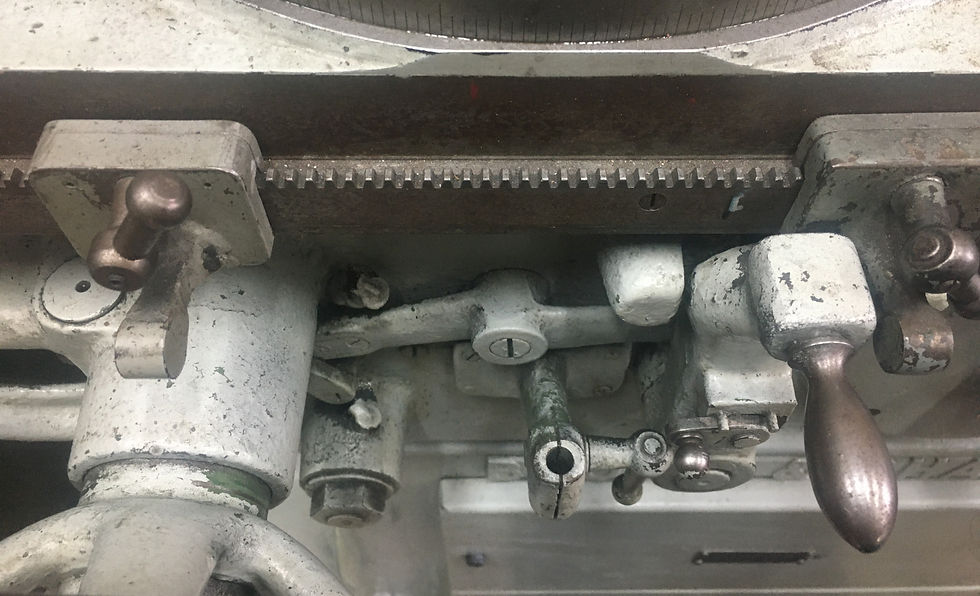Lens Surface Samples
- Torin Walker

- Aug 25, 2018
- 2 min read
Over the weekend, I received two shipments of optical lenses that I am sampling for the purpose of introducing a Spinny-Doo Spinning Station, consisting of a base in which sits a slightly concave glass surface on which one spins a Spinny-Doo top.
The purpose of this post is to get feedback from customers who would consider purchasing a spinning station. I would like to know your preference for the following two lens types: a higher-quality/higher-cost lens, or, a lower quality/lower cost lens.
Both of these lenses are bi-concave surfaces. As you will see, one is a very high-quality lens that could potentially be used alone, the other is a low cost lens that would require enclosing in some sort of base to protect the edges. I will break down the pros and cons in a table later, then ask you to comment.
This first example is a glass lens that I would sell for approximately $40 standalone, or $50 with a machined base (not yet designed and therefore not shown.) It is 4" in diameter, high-quality scratch-resistant BK7 borosilicate glass, with a very shallow 1000mm radius of curvature. The edges are ground smooth and clean and it has almost no bevel meaning the surface goes right to the edge.



Then, we have the low-cost lens. This lens is made from float glass (soda-lime - or standard window glass - which gives the green tint), and has very rough-beveled edges. Useable area is 86mm diameter, and has a 300mm radius of curvature meaning the Spinny-Doo will spiral more as the top settles. Because of the ground edges, this lens will require a base that encloses the rough edges to prevent the Spinny-Doo from riding over and getting damaged.
This lens is less scratch resistant, would require more care to protect the surface, and it would be less resilient in the face of dropping the top onto its surface during hard spins. Still, I've used window glass and provided you take care not to damage the surface, it will still give a quality spin.
This lens, including an enclosure (again, not yet designed and so not shown) would run at $20 or thereabouts. Less than half the price of the quality lens.



Pros and Cons

I will take videos of Spinny-Doo on each surface and post the results here for your viewing pleasure, as well as any other factors I think about.
Please comment and give me feedback on your thoughts/preferences.
Until next time, keep spinning.
Torin...





Comments